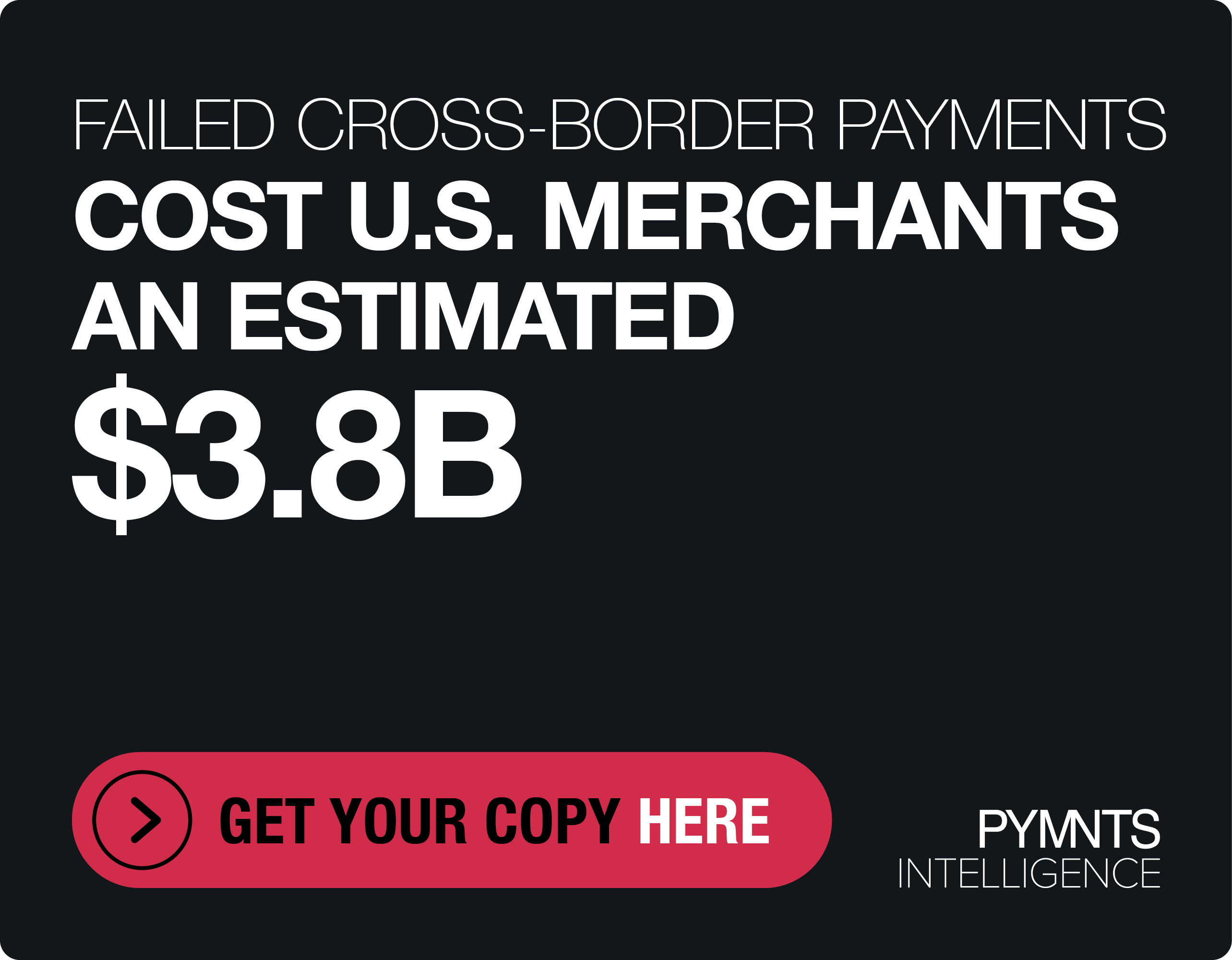Walking The Stimulus Check ‘Save Vs Spend’ Tightrope
Will saving for a rainy day today lead to economic clouds just a bit down the road?
As a new week dawned, and lawmakers in Washington grapple over what will be in the next round of stimulus payments, who will get them, and how much they will be … some shifts in how individuals and families are using previous stimulus checks, once they get them, may spell trouble ahead for at least some sectors of the economy.
There’s already been a trend in place, wherein Americans are addressing financial wellness.
As noted in the space, as many as 20 percent of individuals receiving the most recent tranche of sweetened benefits (most notably, the $600 weekly boosts to unemployment benefits that expired at the end of last month) have not taken on more credit card debt or missed payments, as some large banks had feared.
Equifax reported that, as measured from February through June, the total of credit card debt outstanding actually declined as much as 11.4 percent, or by $100 billion. And applications for personal loans were actually down by more than third as of May, as compared to March of this year.
What this tells us is that in the U.S., recipients of economic aid are being judicious about how they spend the funding being extended by the government.
And: Individuals are, by and large, not using the grace periods and deferments on offer from credit card firms and banks. That’s been the experience of issuers including Capital One Financial Corp. and others, who noted that many of the borrowers who did indeed take advantage of deferred programs as early as March had left those programs by the end of the quarter, in June.
To get a sense of just who is pocketing the stimulus payments, back in late June, the U.S. Census Bureau reported that, across more than 73,000 households that responded to its Household Pulse survey, 14.1 percent planned to save their stimulus checks, and 15.7 percent planned to pay off debt.
Drill down a bit, and the Bureau found roughly a third of adults in households with incomes that span $75,000 to $99,999 said they would use the stimulus payments to trim debt or add to savings.
That stands in stark contrast to the roughly 87 percent of adults in households with incomes of $25,000 or below that said they would use their stimulus payments to meet expenses.
Spending To Cover Expenses
Overall, the Bureau reported, when households spent their stimulus checks, the spending remained concentrated on food (for 80 percent of respondents) or rent and/or utilities (at almost 78 percent of those who spent the funds).
It stands to reason, of course, that if people are paying down debt, or putting their stimulus payments in the bank … they are not funneling those funds to the larger economy, which of course could give top line torque to any number of firms. The Commerce Department reported that in June, retail spending was up 7.5 percent from May. Gains are gains, we note, but in the age of the coronavirus, the bar can be said to have been set rather low. The question is whether the gains are sustainable, and whether recent data offers hints that we have passed through a spending trough.
Disposable personal income fell by 1.4 percent in June to $255 billion while personal spending increased $738 billion, a nearly 6 percent rise, according to the Bureau of Economic Analysis, an agency of the U.S Department of Commerce.
Economic recovery payments were lower, even as personal spending was up $738 billion (or 6 percent).
“Partially offsetting the decrease in other government social benefits were increases in compensation of employees and proprietors’ income as portions of the economy continued to reopen in June,” said the Bureau.
As noted in the middle of last month, Oxford Economics’ Lydia Boussour and Gregory Daco wrote in a note that the retail sales “report gives the illusion of a fearless consumer spending lavishly, the reality is more sobering: Consumers are increasingly fearful amid new spikes in COVID-19 cases and a looming fiscal cliff.”
The bump in spending may indeed be short lived, as unemployment claims have resumed an upward trajectory. The paycheck-to-paycheck cycle is a fact of life, touching 60 percent of Americans, as estimated by PYMNTS, and where uncertainty reigns, prioritizing expenses over discretionary purchases is likely to become the norm.
Last week, the Labor Department reported that initial weekly jobless claims were 1.4 million, marking the 19th consecutive week that claims exceeded the 1 million mark, and the second consecutive week that claims rose.
It seems that the race is on: Reopenings can offset a decline in stimulus payments. But only, we contend, if reopenings gain critical mass. Therein lies a challenge. As estimated by CreditCards.com, more than one-third of small business owners have been tapping personal and business credit lines to stay afloat and keep operations running — in effect, playing a waiting game against the economic headwinds wrought by the coronavirus.
Almost another third of small and medium-sized business (SMB) owners have used Paycheck Protection Program loans. PYMNTS has tracked the impact of, and sentiment from, “Main Street” firms navigating the pandemic. Cash flow shortages have been the norm. PYMNTS research has found that 37 percent of firms’ owners surveyed have used personal funds to keep operations running — and they do not see a recovery till the beginning of 2021.
For a sustained and sustainable economic recovery, the tightrope walk continues, and one wonders if the net below will hold.
